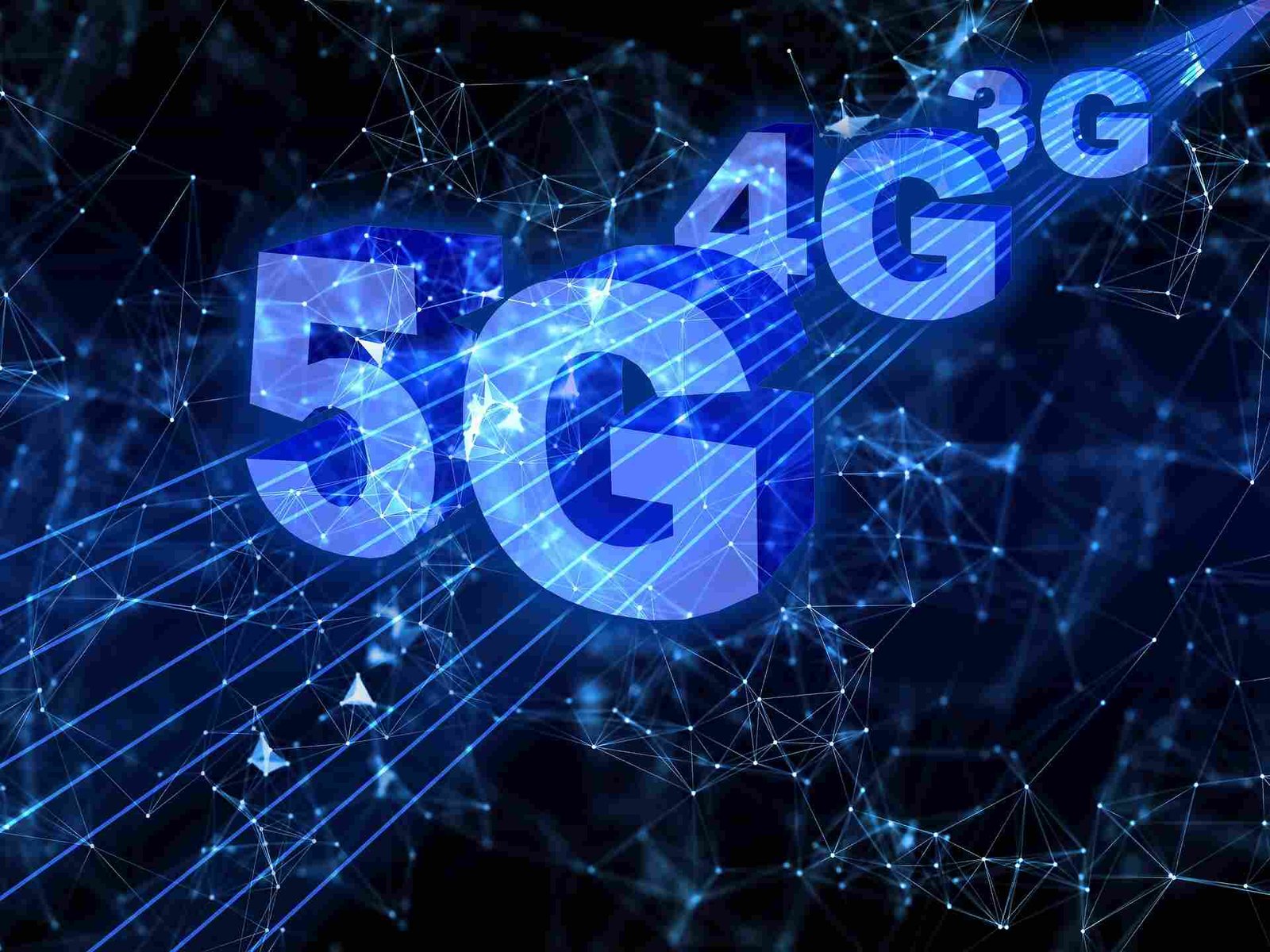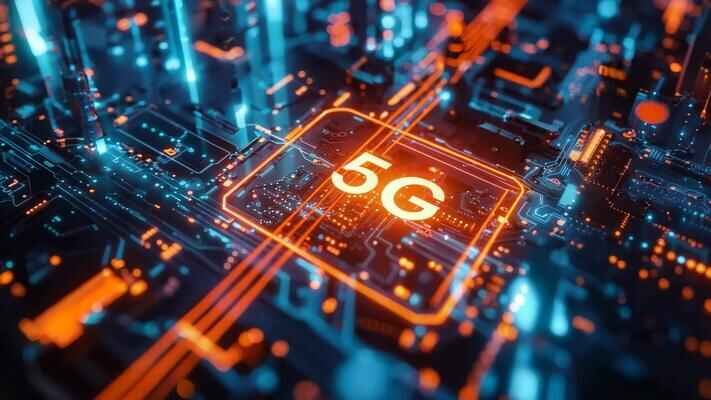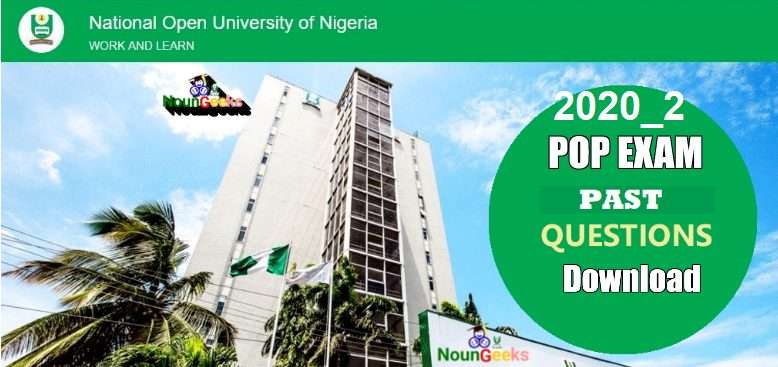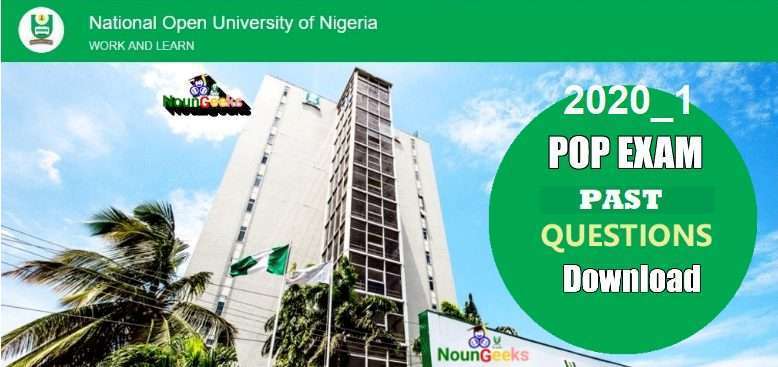

How 5G Will Enhance Online Learning Experiences Worldwide
The Promise of 5G Technology in Education
5G technology represents a significant advancement over its predecessor generations of mobile networks, such as 4G. This new generation is designed to deliver faster data transfer speeds, enhanced connectivity, reduced latency, and an increased capacity for devices to connect simultaneously. With these capabilities, 5G has the potential to revolutionize various sectors, particularly education. By enabling seamless access to online learning platforms, 5G can enhance the overall educational experience for both students and educators alike.
One of the most compelling features of 5G technology is its ability to support data transmission rates that are significantly higher than those of earlier frameworks.

This improved speed allows for smooth streaming of high-definition video content, which is essential for creating engaging online learning experiences that include lectures, tutorials, and interactive sessions. With 5G, educational institutions can incorporate virtual reality (VR) and augmented reality (AR) tools into their curriculums, making complex subjects more accessible and easier to understand.
Moreover, the reduction in latency characteristic of 5G technology plays a pivotal role in enabling real-time interaction between educators and students. A lower delay means that responses and feedback can occur almost instantaneously, facilitating lively discussions and collaborations. This setup encourages a more immersive environment where students participate actively, thus enhancing their comprehension and retention of knowledge.
Furthermore, 5G’s increased capacity to connect multiple devices simultaneously allows for a broader range of participants in online learning settings without compromising the quality of the connection. This aspect is particularly beneficial for large classes or collaborative projects that require extensive resources. Students can engage with advanced educational tools, access a wealth of online resources, and work together more efficiently, providing a richer educational experience.
Enhancing Streaming Quality and Accessibility
The advent of 5G technology is poised to significantly transform the landscape of online learning, particularly in terms of streaming quality and accessibility. One of the defining features of 5G is its capacity to support high-definition video streaming, which is essential for delivering a rich educational experience. With the capability of transmitting data at speeds that greatly surpass its predecessors, 5G allows for seamless streaming of HD and even 4K video content. This improvement in resolution enhances the effectiveness of online learning platforms, enabling educators to deliver engaging visual content that captures the attention of students.
Additionally, 5G’s advanced technology reduces buffering times to a minimum, creating a smoother and more interactive learning environment. Traditional online education platforms often suffer from delays and interruptions due to inadequate bandwidth, particularly when multiple users access content simultaneously. However, with 5G, online learning can accommodate numerous users engaging with the same material without experiencing degradation in quality. Such capabilities are crucial not just for enhancing the user experience but also for making collaborative, real-time learning possible.
Moreover, the improved connectivity offered by 5G has the potential to broaden access to education for underrepresented and remote populations. In many regions, reliable internet access remains a significant barrier to obtaining quality educational resources. The robust nature of 5G networks can penetrate areas that have previously lacked connectivity, thereby democratizing access to high-quality online learning. This enhanced accessibility ensures that a wider audience, regardless of their geographical location, can benefit from the wealth of knowledge available on various educational platforms, ultimately fostering a more inclusive approach to education worldwide.
Real-Time Collaboration and Interactive Learning
The advent of 5G technology has brought forth a significant transformation in the realm of online learning, particularly in terms of real-time collaboration and interactive educational experiences. With its enhanced bandwidth and ultra-low latency, 5G enables seamless communications and data transmission, which is essential for the effective implementation of various educational tools.
Video conferencing applications, for instance, have greatly benefited from the capabilities that 5G provides. Students and educators can engage in high-definition video interactions with minimal lag, making virtual classrooms feel more like traditional face-to-face environments. This improvement enhances the learning experience, allowing for dynamic discussions and immediate feedback. Furthermore, collaborative project tools are more effective under 5G, as they allow multiple users to interact in real-time, sharing resources and ideas instantaneously. Consequently, students can work on group assignments regardless of their physical locations, fostering teamwork and collaboration.
Countries that are pioneers in the deployment of 5G technology serve as important case studies in this context. In South Korea, for example, educational institutions have embraced 5G to create immersive learning experiences through augmented and virtual reality applications. Such innovations not only facilitate interactive learning but also enhance student engagement, allowing them to visualize complex concepts and participate in simulations that deepen their understanding of the subject matter.
Similarly, in the United States, universities are leveraging 5G to develop platforms that promote peer review processes and collaborative assessments, enabling students to provide real-time feedback on each other’s work. This shift towards interactive learning environments supports a more comprehensive education system that prioritizes engagement and collaboration. The influence of 5G on online education is profound, paving the way for a more interconnected and cooperative global learning community.
The Global Landscape: 5G Adoption in Education Around the World
The implementation of 5G technology across the globe is heralding a new era for online learning and education. Several countries are leading the charge in integrating this advanced mobile technology into their educational systems. South Korea, for instance, has become a forerunner in the adoption of 5G for educational purposes. The country’s schools have begun to leverage high-speed internet connectivity to facilitate immersive learning experiences, utilizing augmented reality (AR) and virtual reality (VR) tools that were previously limited by slower internet speeds.
In the United States, universities and colleges are increasingly recognizing the potential of 5G to transform online learning. Several institutions are conducting pilot programs that combine mobile learning with 5G capabilities, enabling improved access to resources and interactive content. This advancement allows students to participate in real-time discussions and collaborative projects regardless of location, thus bridging the digital divide and enhancing educational engagement.

China also stands out in the race to integrate 5G into the education sector. The Chinese government has made significant investments in building a robust 5G infrastructure, aiming to foster innovation in educational technologies. Schools in urban areas are already utilizing the capabilities of 5G to enhance STEM education through advanced simulations and real-time data sharing. This development not only enriches the learning experience but also prepares students for a technology-driven future.
Looking toward the future, nations in Africa are beginning to explore the opportunities that 5G can present for education. However, various barriers such as funding, infrastructure, and regulatory challenges persist. Nonetheless, the potential benefits of adopting 5G in online education are immense, as it could substantially improve access to quality learning materials and communication tools, ultimately contributing to better educational outcomes across the continent.


















Post Comment